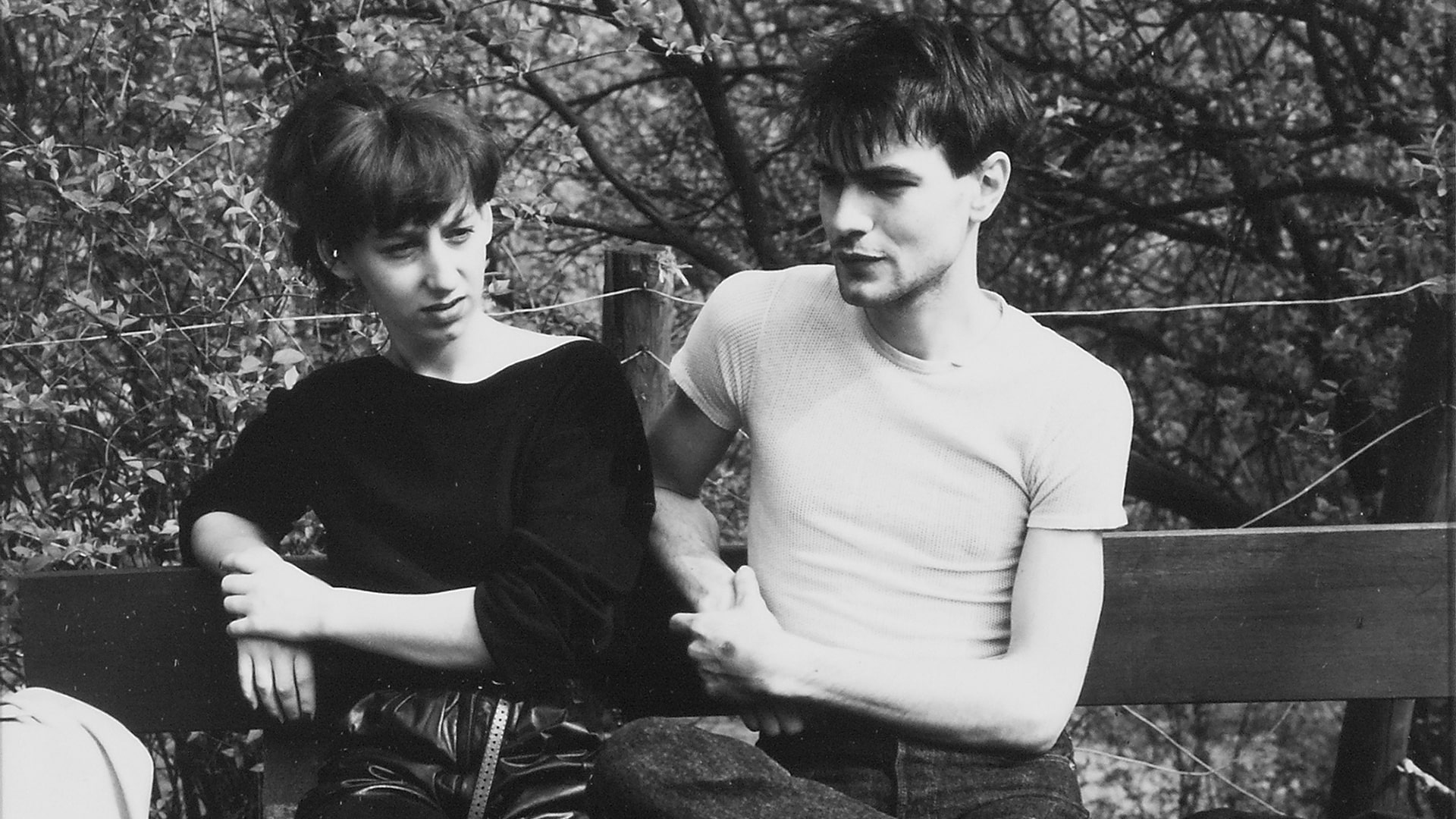The Jeu de Paume museum, in Paris, pays tribute to one of the most influential German photographers of the 20th century through a major retrospective, the first of its kind in France.

You’re getting blind.
Don’t miss the best of visual arts. Subscribe for $9 per month or $108 $90 per year.
Already suscribed ?
Read More: Best regards, Gisèle Freund



